RECOMMENDED VIDEOS

Carmeuse Hempcrete - Sustainable building material
Carmeuse Europe

Landscape Design For Your Perth Property
Eco Aesthetics

Bamboo Living: Two Green Bamboo Homes Up In Two Days
Bamboo Living

Eco Friendly Mold Cleaners1
Healthy Homes Inc

FETUBE- FINISHING FREE CONCRETE FORMING SOLUTION FOR CONSTRUCTION
Far East Paper Products Sdn Bhd
Related Stories
‘House of Trash’ proves how waste can transform into beautiful home design
Elevated bamboo peace bridge for the Korean Demilitarized Zone unveiled by Shigeru Ban and Jae-Eun Choi
Colossal cardboard temple pops up in Chiang Mai in just one day
“Cannabis walls” add warmth to this eco-friendly home in Israel
Steven Holl unveils office clad in colorful photovoltaic glass for Doctors Without Borders
17 Apr, 2018
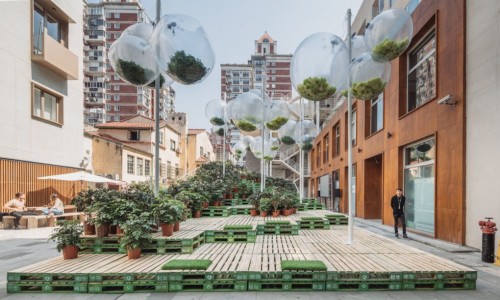
Whimsical park built of recycled materials pops up in Shanghai
Green Building Materials, Construction & Design | CHINA | 06 Apr, 2018
Published by : Eco Media Asia
Shanghai’s hip Anfu Road recently sprouted a whimsical urban intervention that shows how one man’s trash create a treasured public space. AIM Architecture and URBAN MATTERS designed the temporary urban park, called Urban Bloom, as an experimental exercise pairing reclaimed pallets with glowing tree-like sculptures. “Transformed into an ideal urban garden, and constructed entirely from artificial means, it is a project for a city that emphasizes people,” wrote the designers.
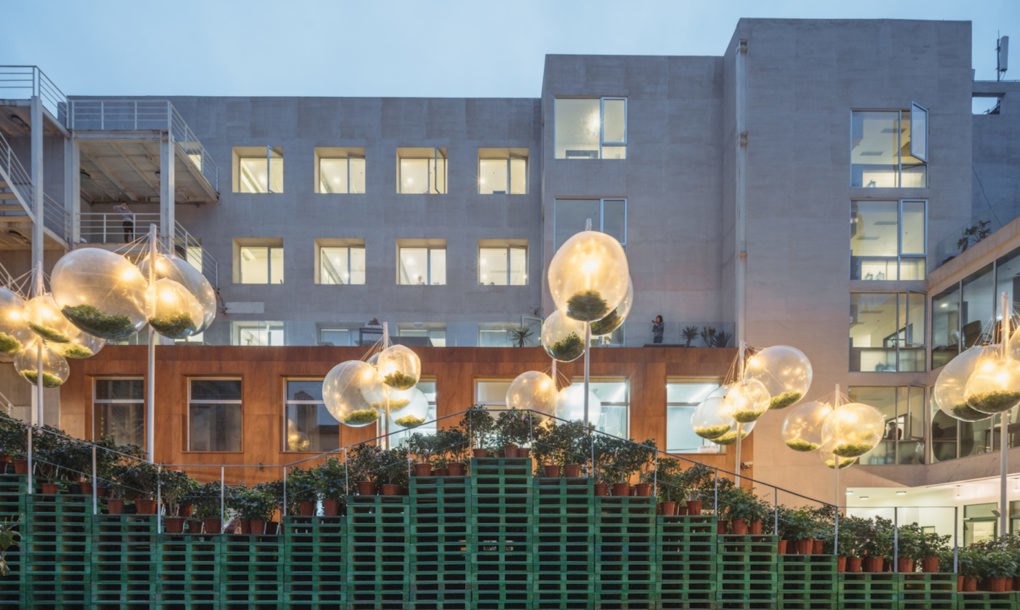
Open to the public, Urban Bloom is nestled in a quiet courtyard with popular eateries and boutiques within striking distance. Recycled timber pallets are used as modular building blocks stacked to form seating and visual interest. The installation undulates on one side to resemble hilly topography.
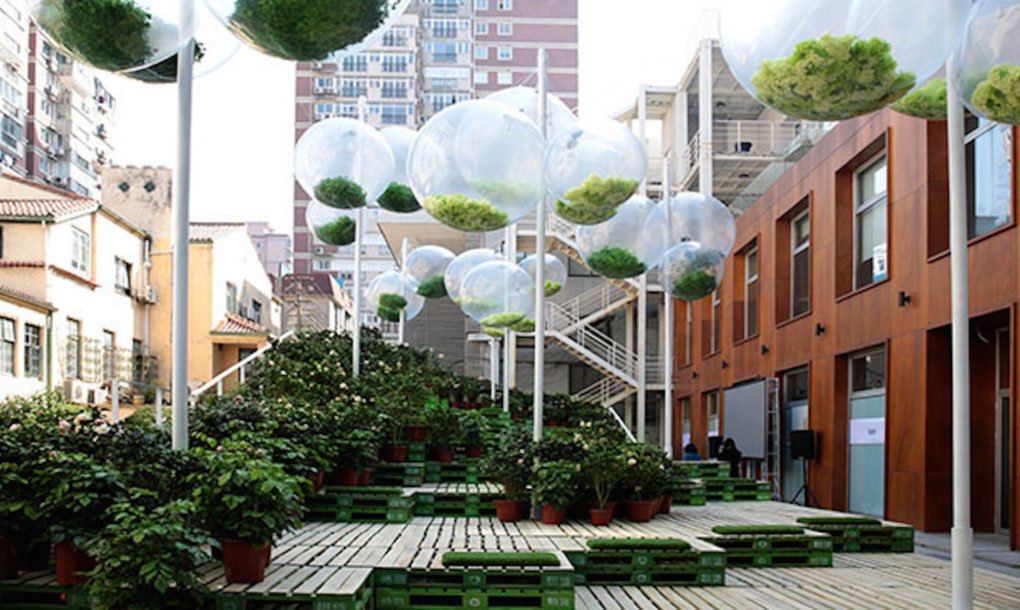
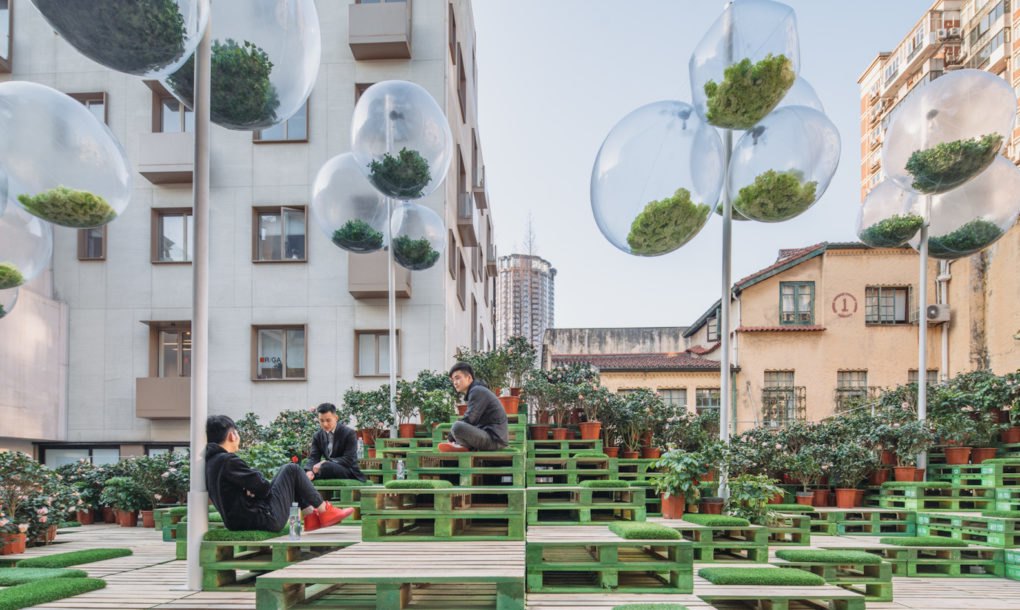
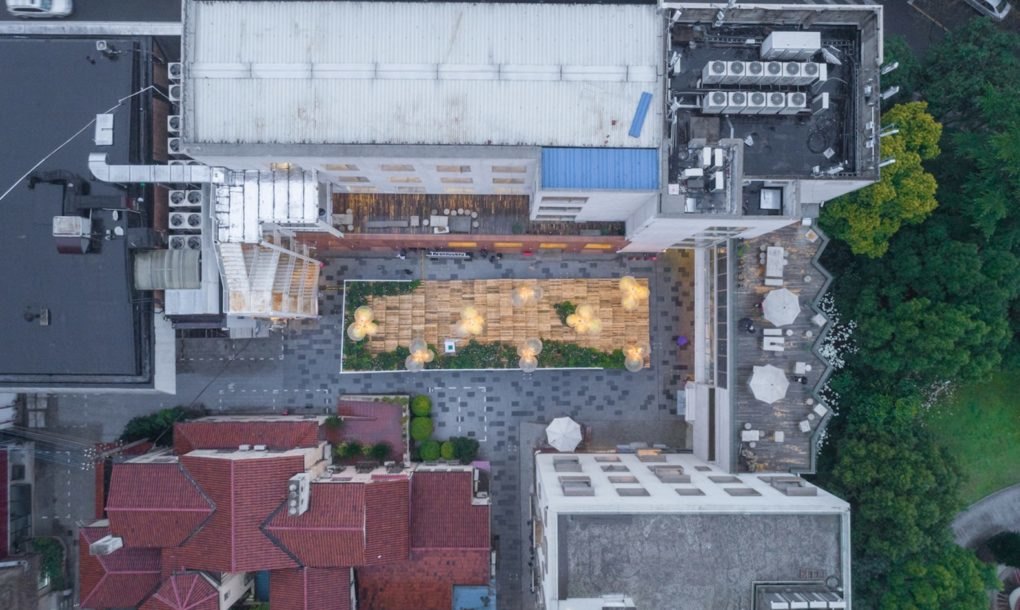
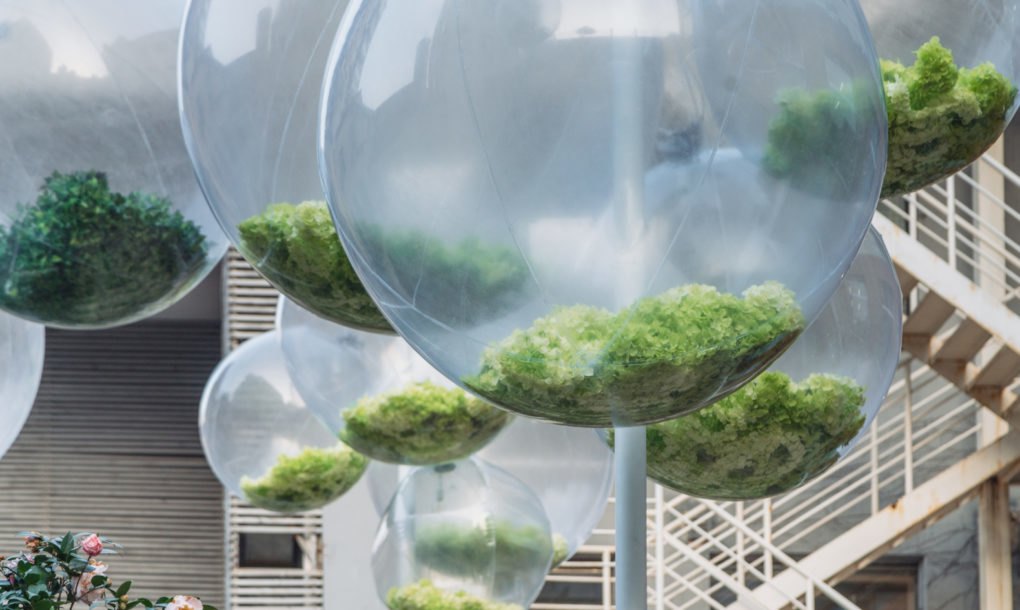
Potted plants are placed around part of the park’s perimeter to create a garden aesthetic. Plastic spheres tied to poles are filled with foliage in a sculptural take on trees. Repurposed materials were predominately used as part of the designers’ desire to promote sustainable concepts. “At the same time, cities are huge producers of waste and trash,” wrote the designers. “We wanted this new space to be low-impact, and interact with natural elements in an artificial way – in short, proving it’s possible to make something new from nothing new at all.”
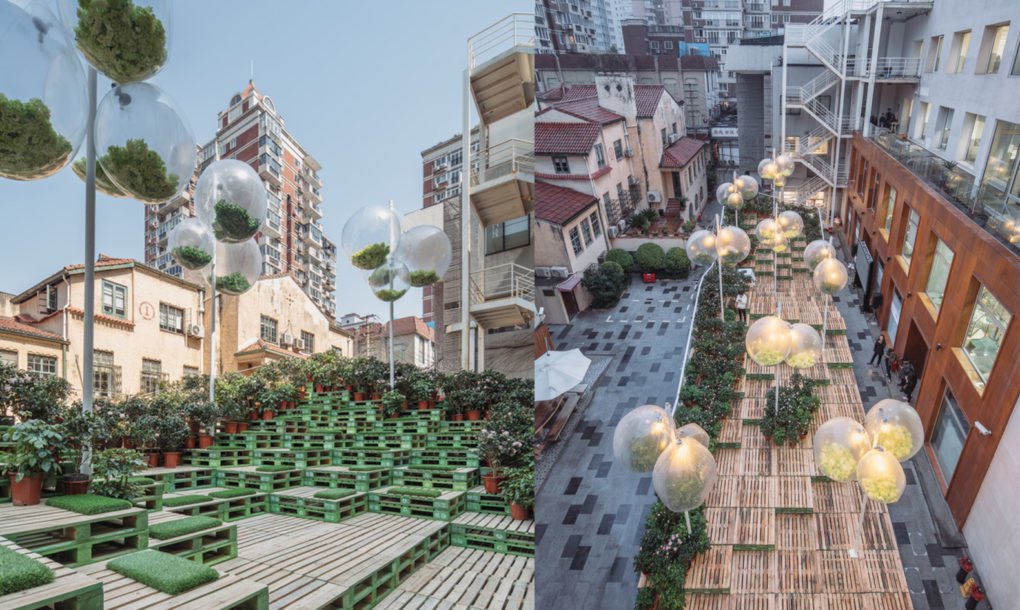
Article from inhabitat.com
by Lucy Wang
